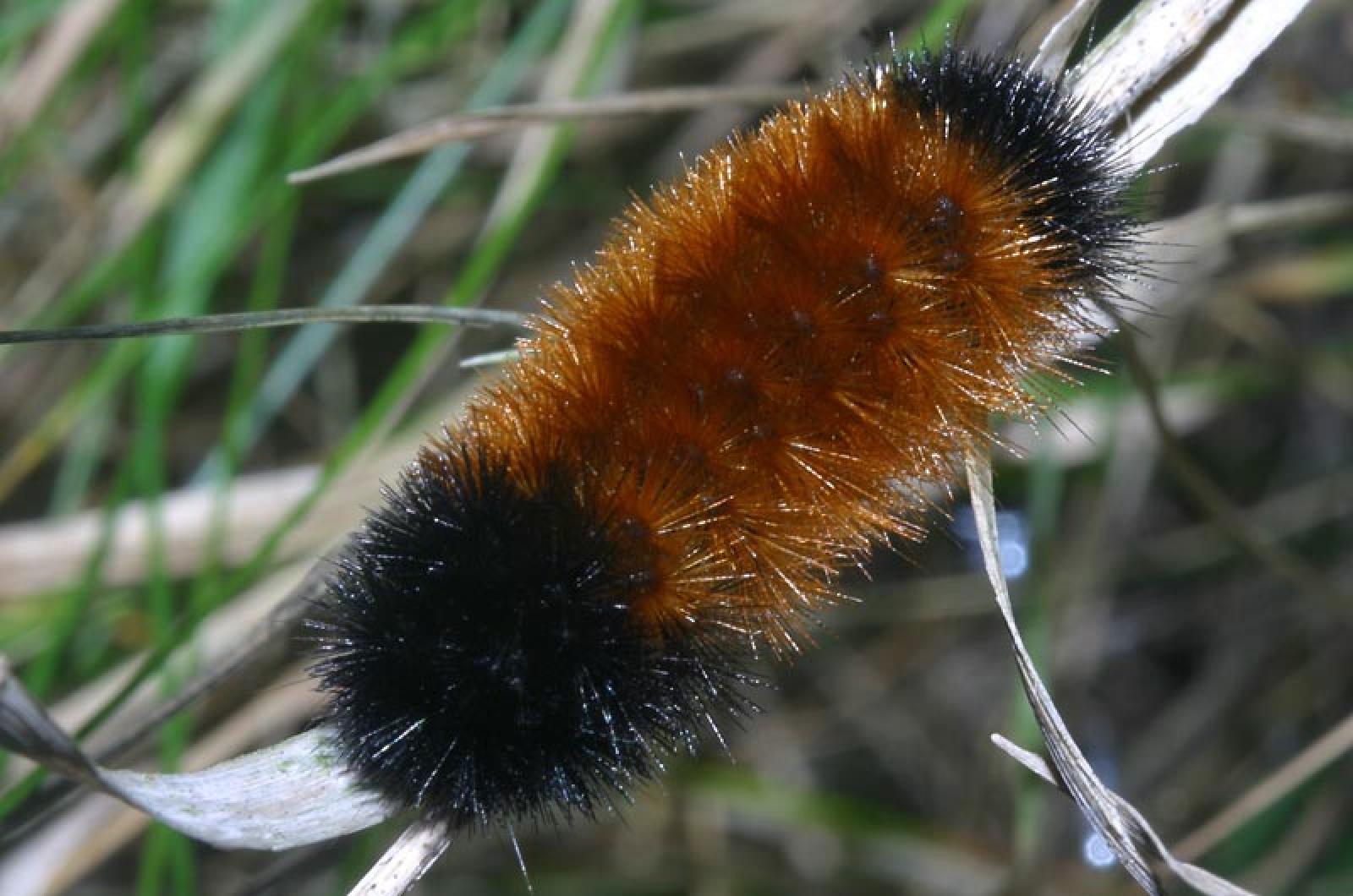The Old Farmer’s Almanac, which claims its forecasts are 80 per cent accurate, predicts that our winter weather will be colder and drier this year, with below normal snowfall. They predict it will be colder than normal in November and December, coldest from Christmas to early January, with another cold snap between early and mid-February. It will be snowiest in mid-December and again in mid-to-late February, and warmer than average from March to October.
The Weather Channel has a different take, saying that November will be much warmer than normal and December will be slightly warmer than normal, but I could not find further predictions on their website. Accuweather.com forecasts warmer than normal temperatures to start the winter, but that temperatures will drop as the season progresses and snow accumulates. And NOAA will not go out on a limb, saying that there are equal chances of colder or warmer weather.
Needless to say, these forecasts are not consistent. Please bear with me as the next paragraph attempts to explain why these predictions are so different.
How are these forecasts made? There are a number of things that may determine our weather. Forecasters talk about the mild El Nino and the cold North Pacific ocean during late fall and early winter, both of which typically lead to warmer temperatures in the eastern U.S. And then there is the North Atlantic Oscillation (NAO), which can be either positive or negative. A positive NAO prevents Arctic air from reaching us, so we get the widespread warmth we had last winter. Conversely, a negative NAO brings extremely cold temperatures and snowstorms our way, as we had during the winters of 2009-2010 and 2010-2011. It is the currently negative NAO that made Hurricane Sandy veer westward, and that may also give us a colder than normal winter.
So the current oceanic conditions offer differing clues to what our weather will be this winter. It is not surprising that different forecasters come to different conclusions.
Are there other clues out there?
Woolly bear caterpillars are well known for predicting the severity of our winter weather. These caterpillars are black at each end and brown or coppery red in the middle. In theory, the width of that middle brown section is important. A wide brown band predicts a mild winter and a narrow brown band predicts a harsh winter. However, it is not that simple. The caterpillars appearing in the fall survive the winter, thaw out in the spring to pupate into Isabella tiger moths, which lay eggs to produce caterpillars. These pupate into moths which produce yet another generation of caterpillars. The early hatching caterpillars will be older in the fall, and apparently they will have more brown hairs than later-hatching caterpillars. In other words, the width of the brown band reflects when the life cycle starts in the spring rather than the severity of the upcoming winter.
Predictors of a harsh winter also include squirrels, whether they are frantically gathering nuts or have thicker fur or tails than usual, hornets nests that are high in the trees, and spider webs that are thicker than usual. A wide variety of animals, including skunks, are predictors of a harsher winter if they are fatter than usual. Even the white breast feathers on Canada geese suggest a harsh winter. Dark breast feathers suggest a mild winter.
Invasions of the irruptive birds that breed in the boreal forests of northern Canada are suggestive of a coming severe winter, and we have certainly seen a lot of red-breasted nuthatches and pine siskins already this fall. But their southward migrations are truly indicative of a lack of food in their normally more northern wintering areas.
Plants can be predictors of severe winters as well. When corn husks are thicker than usual, leaves drop before giving good fall colors or hollies and dogwoods produce lots of berries a bad winter is predicted. Oak, hickory and walnut trees producing lots of nuts are also indicators, as well as numerous pine, spruce and fir cones at the tops of the trees. Watch for rough and/or thick onion skins, too.
Even the weather can apparently predict the severity of the winter. Cold winters are suggested when the first week of August is hot, there is a warm fall or if there is a lot of rolling thunder during late fall. Other weather indicators are if there is an early killing frost or if it has been a dry summer. If there is more fog during August, there will be more snowfall in the winter.
Obviously, there is a lot of folklore to these claims of predicting the severity of the coming winter. But none of them has yet been shown to be accurate. So here I add another predictor that is probably just as accurate: flip a coin.
Robert Culbert leads guided birding tours and is an ecological consultant living in Vineyard Haven (facebook.com/robert.culbert.58).







Comments (1)
Comments
Comment policy »